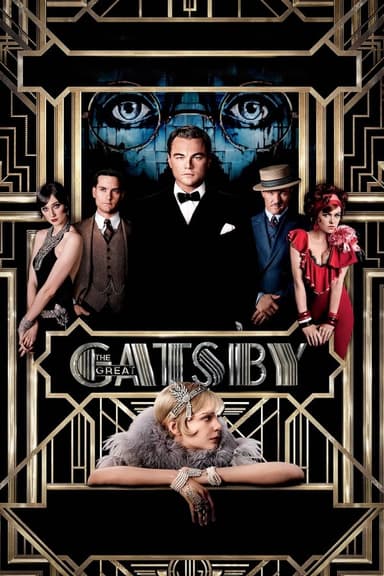
Guide
1965 • Drama, Romance
A tourist guide meets an unhappy married woman who wants to take up dancing. With his motivation, she becomes a successful dancer but success corrupts the man's mind.
Runtime: 3h 3m
Why you should read the novel
Before you watch Guide (1965), discover The Guide by R. K. Narayan—the original novel that inspired the film. Narayan’s witty, lucid English prose turns Raju’s rise and fall into a deeply human, quietly devastating journey.
In the book, Malgudi comes alive with gentle satire, psychological nuance, and moral ambiguity the screen can’t fully capture. You’ll get richer context on Rosie’s art, class tensions, and the small-town dynamics that shape every choice.
If you love character-driven fiction, the novel’s layered voice, ironic humor, and hauntingly open-ended finale linger long after the last page—offering insight and reflection no movie can replace.
Adaptation differences
Book vs movie tone: Narayan’s The Guide is understated, ironic, and psychologically probing, blending first-person confession with third-person narrative. The 1965 film amplifies romance, music, and spectacle, opting for emotional sweep over the novel’s quiet, satirical bite.
Rosie/Nalini’s arc shifts on screen. The novel examines devadasi heritage, stigma, and agency with sharper social critique, while the film glamorizes performance and reframes her journey more as a romantic and aspirational success story, softening some of the book’s harsher social commentary.
The ending diverges in feel and meaning. Narayan leaves Raju’s final act and the coming of rain purposefully ambiguous, inviting skepticism and introspection. The film leans toward spiritual uplift and resolution, suggesting a miracle and a clearer redemption that the novel resists.
Setting and structure change the texture. The book’s Malgudi specificity, layered timelines, and detailed backstory are streamlined for cinema, with North Indian locations, songs, and a linear arc. Raju’s legal downfall is condensed for pace, and several side characters are trimmed, shifting emphasis from ethical complexity to emotional catharsis.
Guide inspired from
The Guide
by R. K. Narayan










